Bread Mold and Ways to Deter It!
Homemade bread. Artisan bread. What wonderful food—satiating, delicious, and comforting. But have you noticed how quickly your loaf can spoil, if not eaten up quickly?
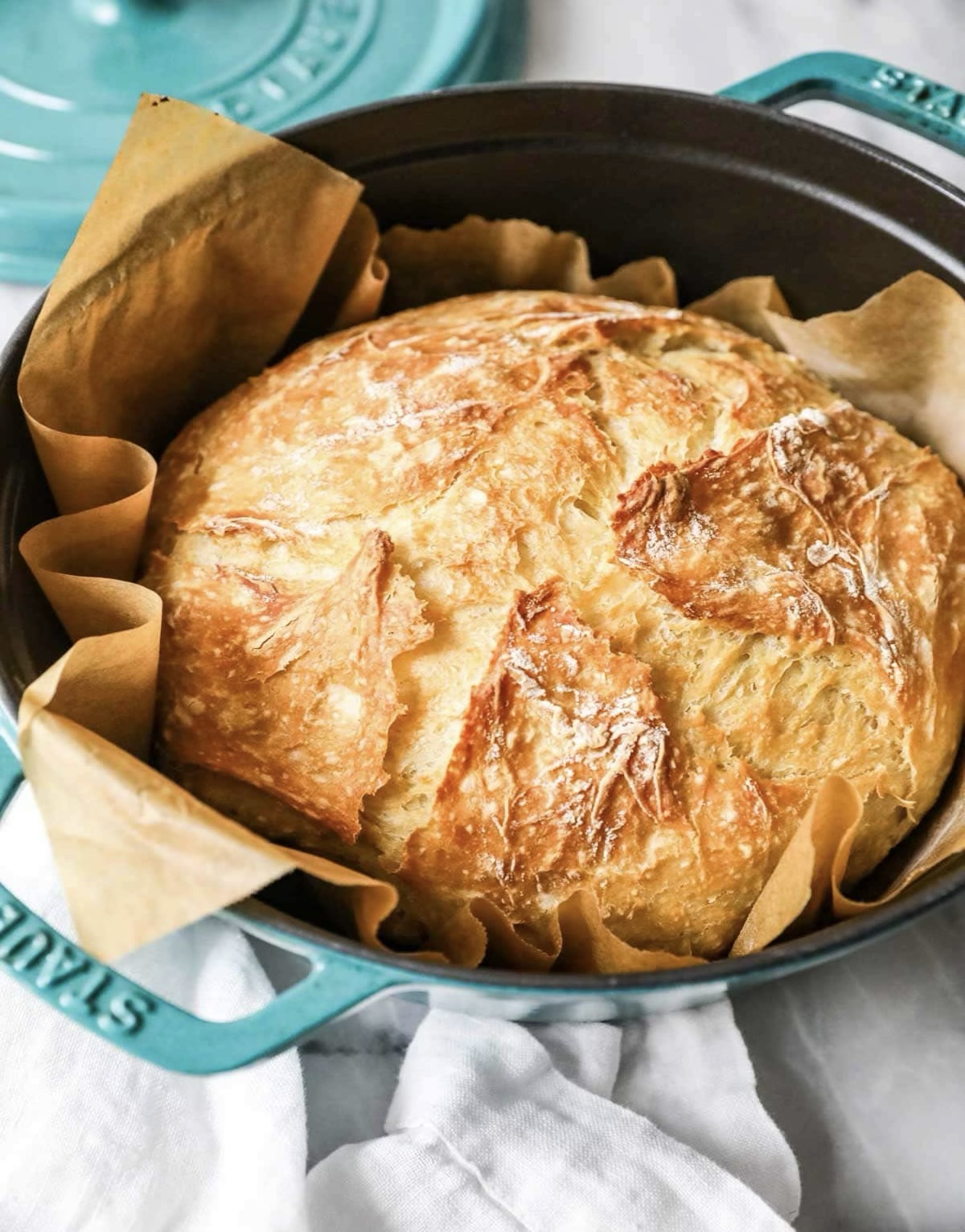
WHY does it do that? Research shows the main reason is simple: moisture and storage. If improperly stored, bread accumulates moisture—which is what mold loves. Excess heat and water that gets trapped in the packaging cause mold spores to grow. If you're simply store your bread in the plastic packaging it comes in, you’re preventing air circulation, which as mentioned, effectively promotes mold growth.
But we’re not stuck with this dilemma. There are a few ways to avoid moldy bread:
First, consider freezing half of the loaf. Then thaw it when you’re finished with the first half. But DON’T put your bread in the fridge. Doing so causes bread to dry out due to the heat from the fridge and the moisture retained activates mold.
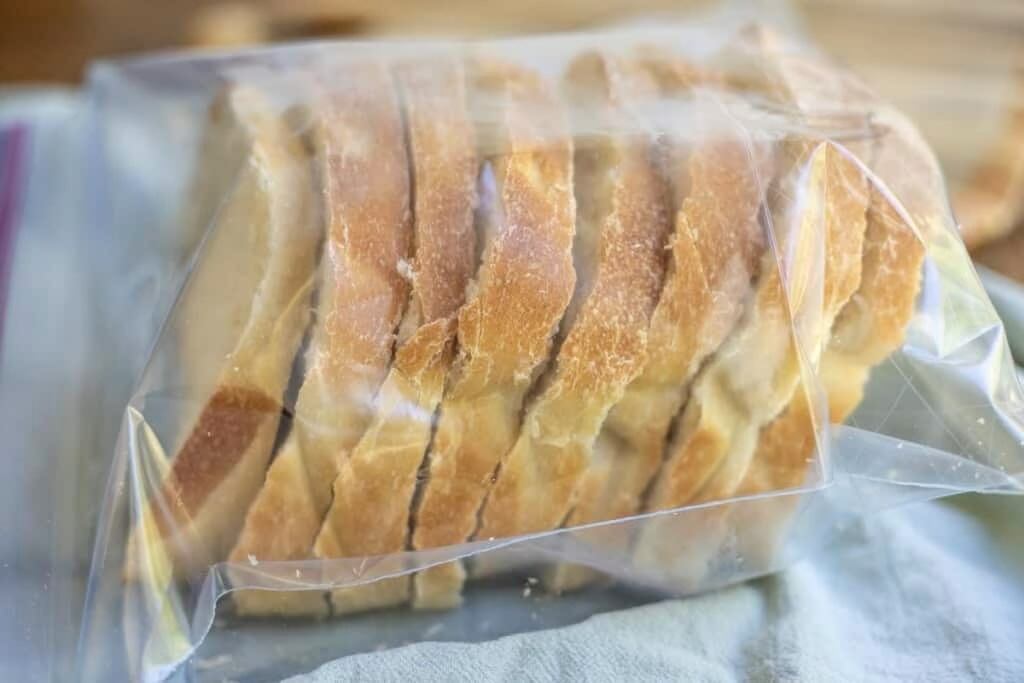
Next, consider using a bread box. They’re perfect for allowing air circulation without retaining moisture. They’re also great for preventing pest infiltration in the kitchen.
And whether it’s a fresh loaf of bread or store bought, resist the temptation to store it on the counter in a plastic bag. Always opt for a paper bag. Also, be careful to avoid storing bread near heated appliances, such as dishwashers or ovens.
After reading this advice (found on www.allrecipes.com), I was curious as to where to get paper bread bags and what they cost. On amazon.com I found a 50-count of large paper bread bags with window and closure stickers for $9.69, from GRANDAN. Their product description says they’re 50% thicker than other paper bread bags. They have a square flat base (perfect for large sourdough or artisan loaves), and its coated lining provides better waterproof, oil-proof, leak-proof and tear-resistant properties. This seems like a good buy.

Now for bread boxes: A bread box might sound like an outdated piece of kitchenware, like something you might find in a log cabin or Colonial Williamsburg. But the simple tool is as useful today as it was in the 18th century. After all, we still eat bread, and bread will always taste better fresh.
If using one interests you, here’s what you need to know: First of all, to ensure your bread stays fresh, you want to consider factors like size, material, lid design, and ventilation. And you also want one that works with your counter space, is durable, and has a lid or door that seals well.

There are a lot of choices out there, and I wondered if one was better than another. So I did my research (I read product reviews like others read novels). In the interest of space (and your time), I’ll cut to the chase and share the most thorough reviews I found (thank you www.thespruceeats.com). Take a look:
BEST OVERALL. Granrosi Large Bread Box at Amazon ($30). The Spruce pros liked it for its durability, large capacity, and great value. I like it because of its charm.
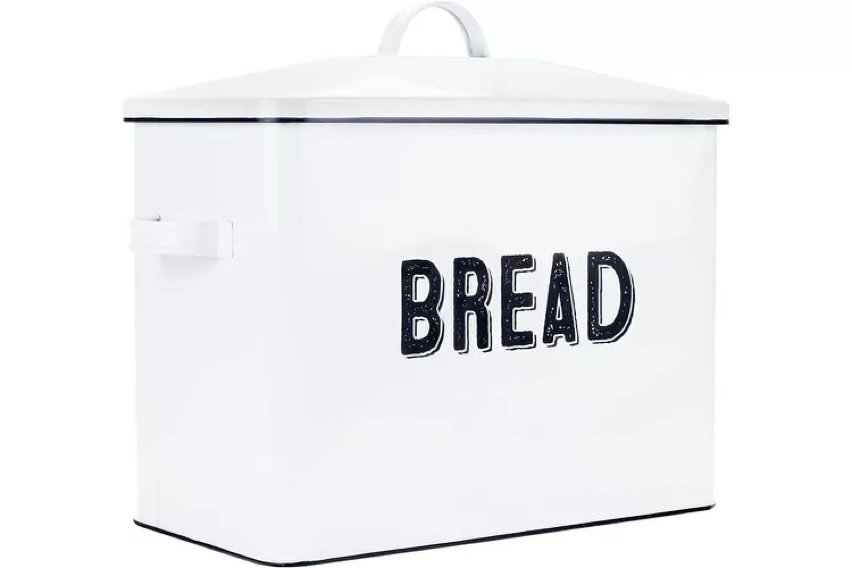
BEST SPLURGE. Yamazaki Steel and Wood Bread Box at Amazon ($128). Testers liked it for its large capacity, distinctive minimalist design, and high-quality construction. However, they did not like how the lid clanged on the countertop when the box was opened, and that it took up a very large footprint.
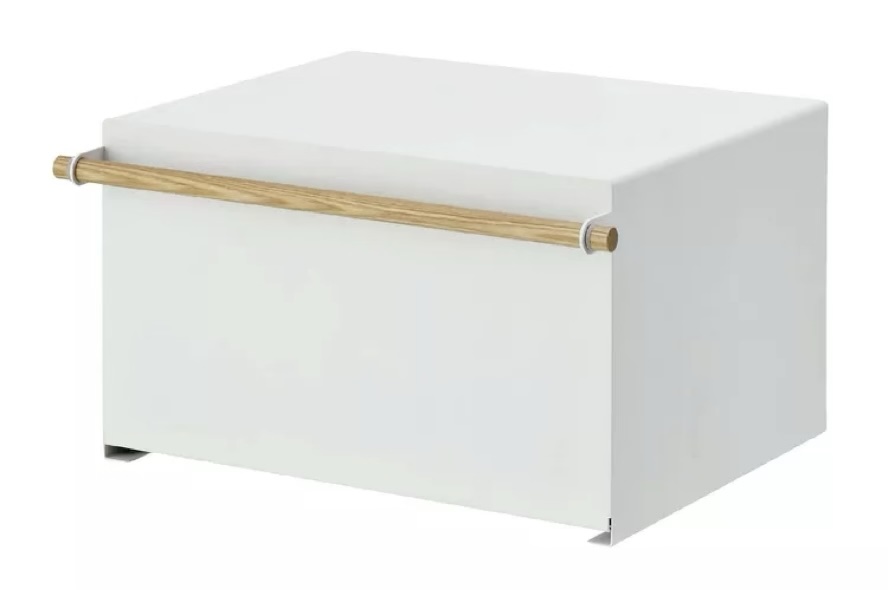
BEST BAMBOO. ETMI Bamboo Bread Box at Amazon ($33). The Spruce’s reviewers liked its flat top (which allows for extra storage space), the magnetic door closure, and its reasonable price. I like how handsome it is. The only objection they had to this box was that assembly is required. That’s not a deterrent for me—is it for you?
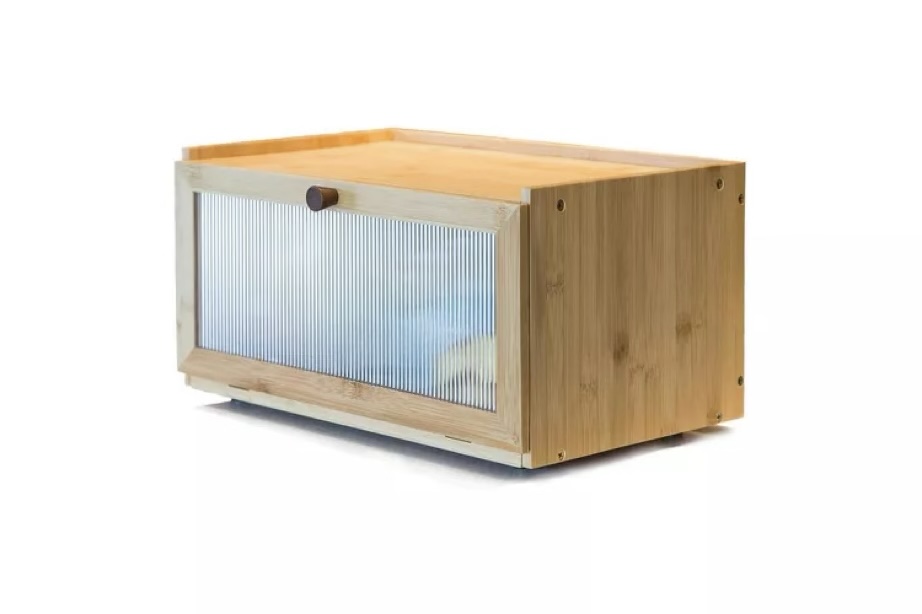
Lastly, BEST WOODEN. Williams Sonoma Olivewood Breadbox at Williams Sonoma ($240). Sheesh, that’s a lot of money for a bread box, even if it is made of exotic wood and looks like a work of art. But what do I know? The folks at The Spruce Eats loved its neutral design, its beauty, and roomy internal storage. All that said, they had issue with its price (duh!) and they thought the lid was flimsy. It’s actually made of plastic. You’d think that for this price the lid would be glass, not stupid plastic. But what do I know?
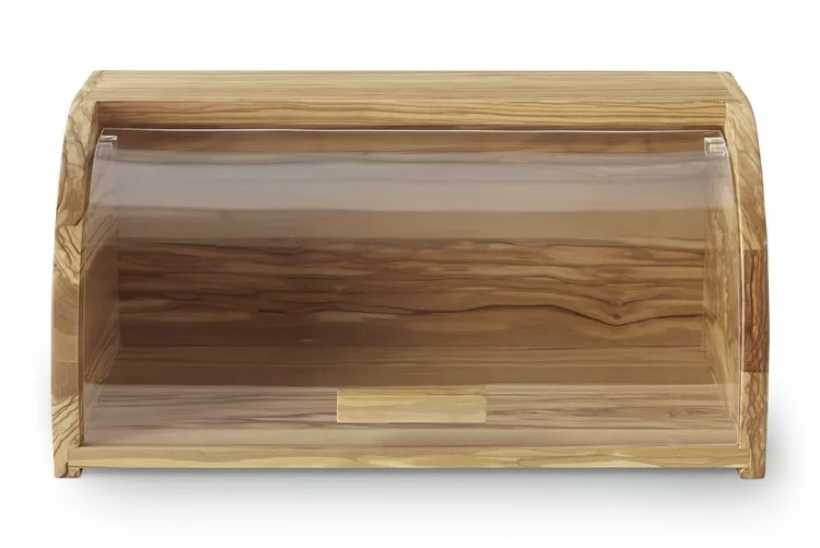
In the final analysis though, we could just follow the first bit of advice, above, and simply freeze half the loaf and make a concerted effort to eat the unfrozen half as quickly as possible. Practical and frugal. The paper bread bag is a smart idea though. I’m curious; do you have any tips for avoiding bread mold, and do you have a bread box preference? Take a minute and comment if you do.
 Alice Osborne
Alice Osborne
Weekly Newsletter Contributor since 2006
Email the author! alice@dvo.com
